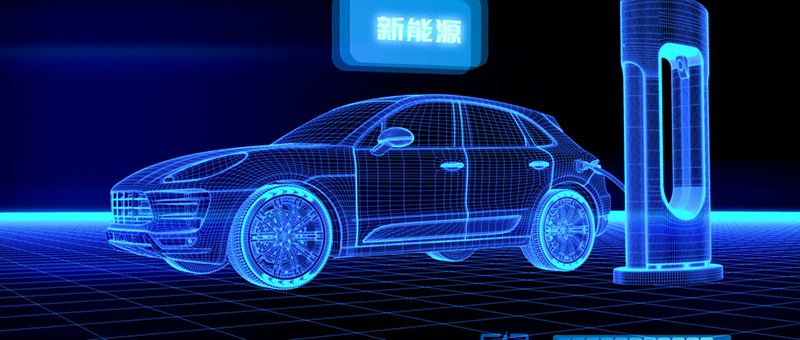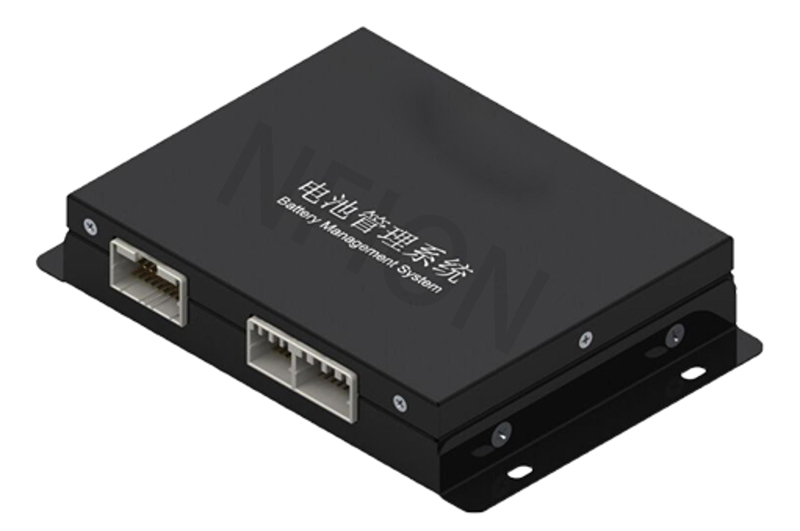2024-09-29 17:02 Author:GAODAO
With the development of the new energy vehicle industry, new forces in new energy vehicle manufacturing are constantly emerging, and the intelligence of automobiles is also rapidly developing. Technology companies are laying out new energy vehicle electronics.
Due to the increasing demand for driving comfort, safety, entertainment, economy and other performance, the number of electronic components in cars is also increasing, and the electronic systems of cars are becoming more complex. This inevitably puts higher demands on their safety and reliability.

High temperature is an accelerating factor for the aging of electronic components, and poor heat dissipation design will seriously affect the reliability, safety, and durability of electronic components. Cars will also produce adverse noise and vibration during driving, causing problems such as product warranty maintenance and car quality satisfaction for car manufacturers.
High conductivity and thermal conductivity products have mature thermal management material solutions in new energy vehicle battery packs, motor controllers (MCUs), vehicle electronic control units (ECUs), car chargers, chassis control, car entertainment systems, and other systems. We can provide a series of product matching solutions such as heat dissipation/equalization/thermal conductivity/insulation/bonding to assist customers in achieving the safety and reliability of automotive electronic products.

The Battery Management System (BMS) is an important link between the onboard power battery and the electric vehicle. Its main functions include real-time monitoring of battery physical parameters; Battery state estimation; Online diagnosis and warning; Charging, discharging, and pre charging control; Balanced management and thermal management, etc. The development of the Battery Management System (BMS) industry may be similar to that of lithium batteries. In order to master key technologies, car manufacturers will closely cooperate with long-term suppliers in product development, making it difficult for new manufacturers to enter. During the battery charging and discharging process, real-time collection of the terminal voltage and temperature, charging and discharging current, and total voltage of each battery in the electric vehicle battery pack (which should be the power battery pack) is carried out to prevent overcharging or overdischarging of the battery.
BMS battery management system, commonly known as battery nanny, is mainly used to ensure that the battery pack operates within a safe range, provide the necessary information for vehicle control, handle abnormal situations in a timely manner, diagnose online faults based on environmental temperature, battery status, charging control, automatic balancing, heat management, etc.
BMS requires a large amount of computation and signal control during operation. As it develops towards simplification and miniaturization, heat will inevitably be generated inside. To avoid affecting its normal operation, heat must be transferred out: thermal interface materials are filled between the PCB and the housing/heat dissipation device to efficiently solve problems such as thermal conductivity, insulation, and shock absorption.